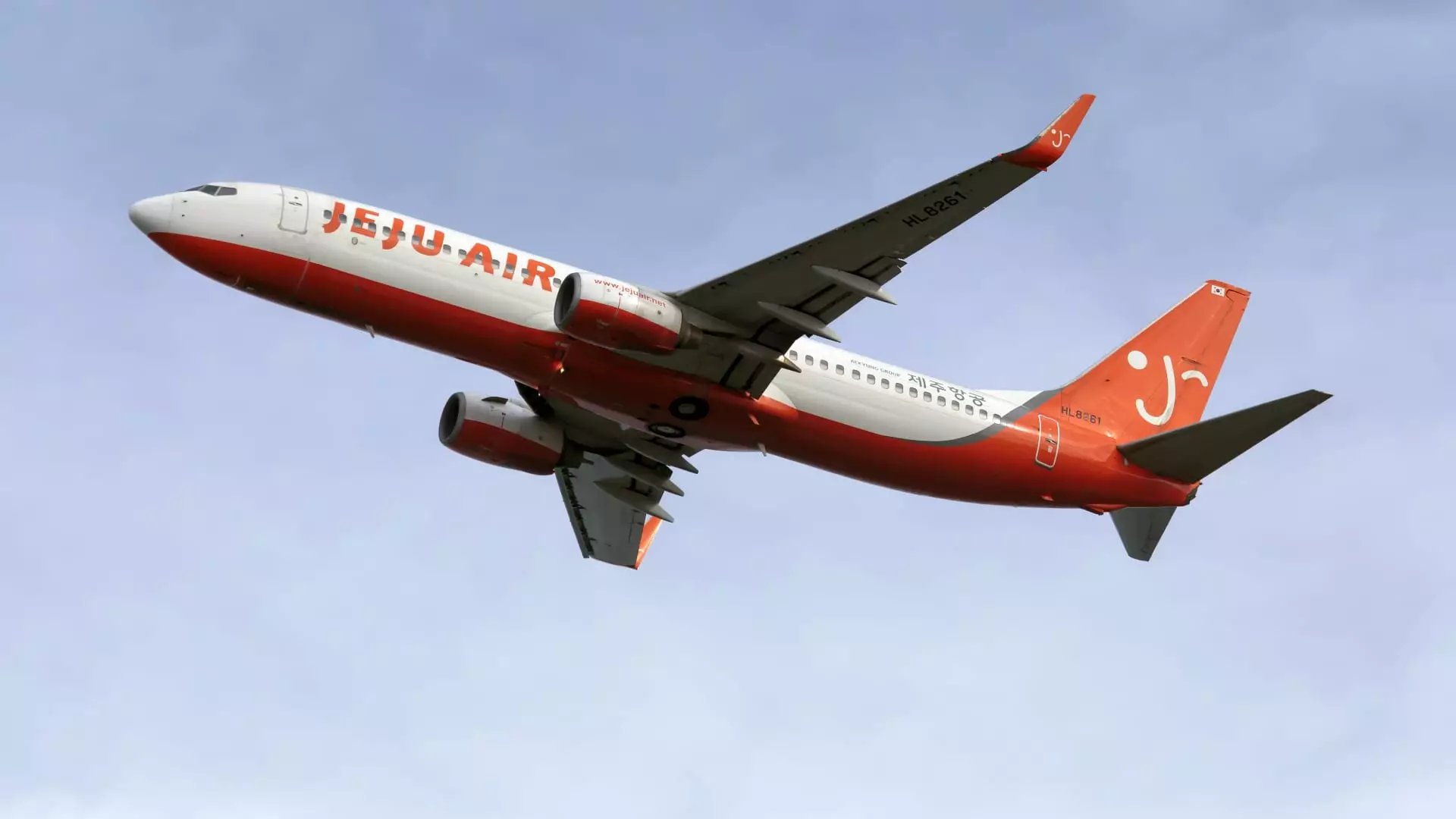In a tragic turn of events, a Jeju Air flight met with disaster at Muan International Airport in South Korea when it attempted a belly landing without its landing gear extended. Among the 181 passengers and crew on board, only two survived the harrowing incident, marking it as one of the deadliest air disasters the nation has faced in decades. As flames engulfed the aircraft following the crash, emergency responders rushed to the scene, grappling with the chaos that lay before them. This incident has sent shockwaves throughout the aviation community and raised serious concerns about safety protocols and aircraft conditions.
Response from Authorities
In response to this disaster, South Korea’s acting President Choi Sang-mok ordered an immediate inspection of the nation’s fleet of Boeing 737-800s, the very model involved in this tragedy. The Boeing 737-800 is widely regarded as one of the safest aircraft in commercial aviation, boasting a substantial operational history. With nearly 4,400 of these aircraft in service globally, constituting around 17% of the current passenger fleet, it is crucial to understand any potential issues that may have arisen. Despite the fact that the model predates the infamous Boeing 737 Max, which faced scrutiny after two catastrophic crashes in 2018 and 2019, this accident raises questions about operational integrity and aircraft maintenance.
Insights on Aircraft Maintenance and Age
A number of details surrounding the aircraft involved reveal that it was approximately 15 years old at the time of the crash. Although previously operated by the low-cost carrier Ryanair, it was delivered to Jeju Air in 2017, indicating that it had undergone multiple checks and maintenance protocols during its lifetime. Experts emphasize that it is unusual for aircraft of this model and age to exhibit failures significant enough to result in such an incident. Richard Aboulafia, a notable aerospace consultant, mentioned that the likelihood of discovering a design flaw in a long-established model such as the 737-800 is nearly impossible, which casts doubt on the theory that aircraft design played a role in this tragedy.
The Hard Questions: Why No Gear Deployment?
Among the most pressing questions investigators must address is why the aircraft’s landing gear failed to deploy successfully. One theory suggests that a hydraulic malfunction could have occurred; however, pilots of the Boeing 737-800 can manually lower the landing gear even in the event of such malfunction. The challenging game of analysis continues as aviation experts hypothesize other possible causes, including a potential bird strike that could have incapacitated the engines during flight. Such circumstances would leave little time for the crew to execute emergency protocols, possibly exacerbating the unfolding crisis.
As the investigation begins, it is expected that a comprehensive analysis by the National Transportation Safety Board (NTSB) will take longer than a year to unfold. The NTSB will lead the inquiry, collaborating with teams from Boeing and the Federal Aviation Administration (FAA), given that the aircraft was manufactured and certified in the United States. Under international protocols, the host nation generally spearheads the investigation, but this collaboration underscores the global significance of the incident. The outcome holds implications not only for Jeju Air and its operational protocols but also for the aviation industry worldwide.
This devastating incident serves as a crucial reminder of the inherent risks involved in aviation travel and the importance of stringent safety measures. As investigators delve deeper into potential causes and deficiencies in operational protocol, the overarching objective remains clear: to ensure the safety and well-being of passengers and crew alike. The global aviation community must rise to the occasion, utilizing this tragedy as an opportunity to implement necessary improvements, ensuring that such an event never occurs again. Reflection and resolution will pave the way for enhanced safety standards that prioritize human life, drawing lessons from the harrowing events that have transpired at Muan International Airport.

Leave a Reply